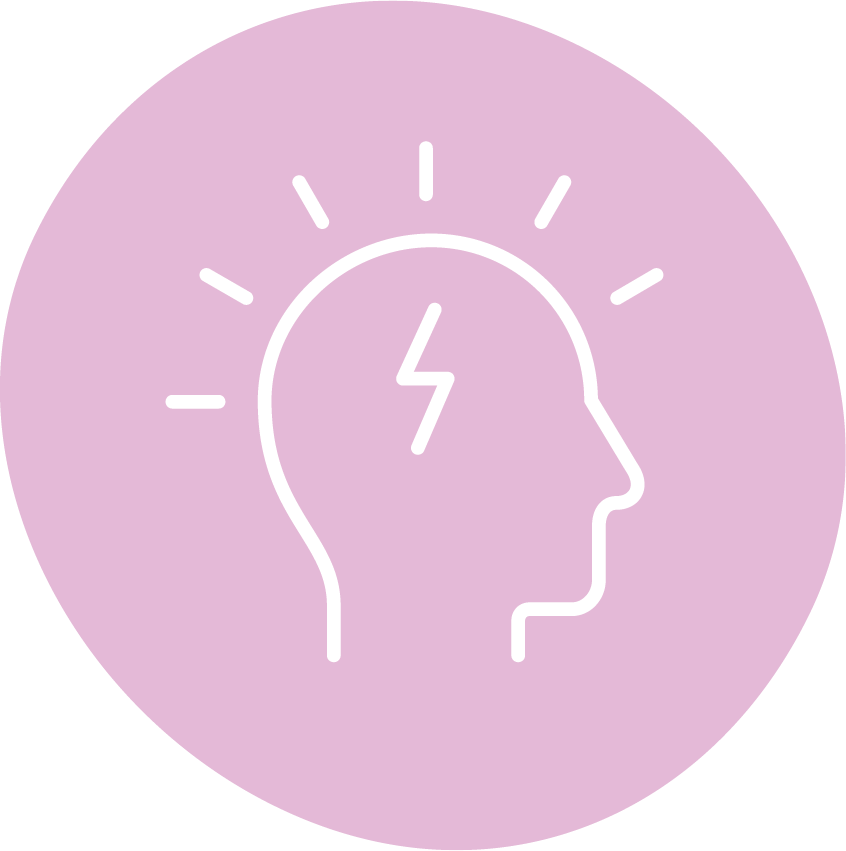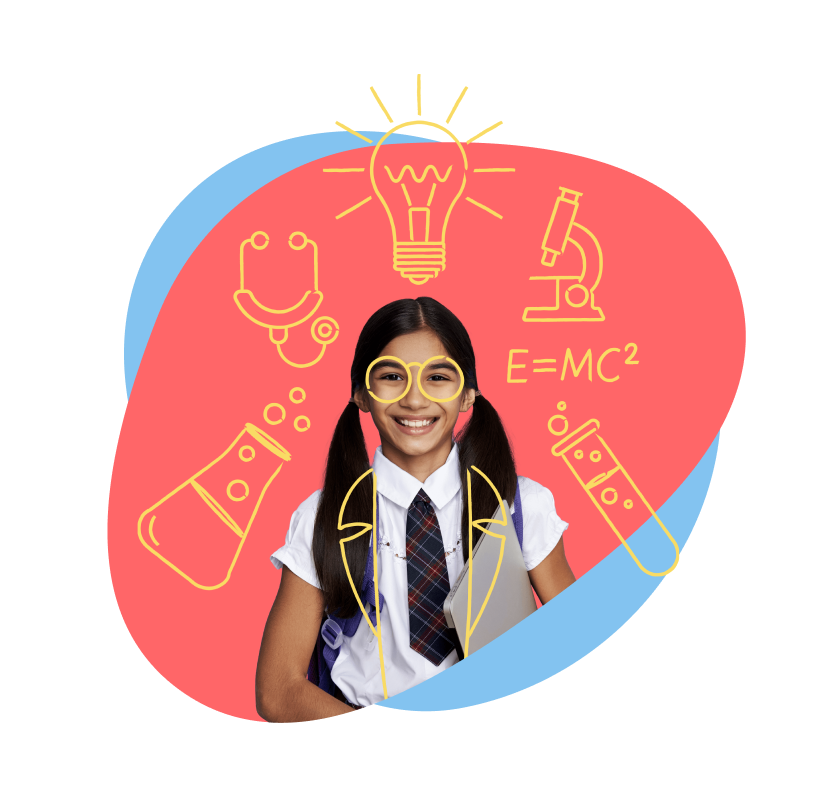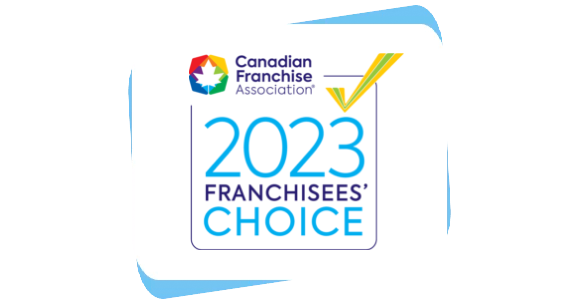Dyslexia is a common learning disability affecting how individuals read and write. Discussing dyslexia, its impact on students, and the various management strategies are important to help o create a culture of understanding for individuals with dyslexia.
What is Dyslexia?
Dyslexia is a neurobiological condition affecting how the brain processes written language. It is not a result of laziness or lack of intelligence but a specific difficulty in recognizing and decoding words. Individuals with dyslexia may experience reading, spelling, and writing challenges, which can impact their academic and professional lives.
Dyslexia is not a one-size-fits-all condition; it varies in severity and can manifest differently in different individuals. Learn more about the signs and symptoms of Dyslexia at different ages.
Challenges Faced by Students with Dyslexia
- Reading Difficulties: Individuals with dyslexia often struggle with reading fluency and accuracy. They may need help recognizing and decoding words, leading to slower reading rates and comprehension issues.
- Spelling and Writing Challenges: Spelling errors and difficulties with writing can be a significant hurdle. Dyslexic individuals may have trouble spelling words or organizing their thoughts on paper.
- Poor Phonological Awareness: Dyslexia often involves weak phonological awareness, which means individuals may have trouble identifying and manipulating the sounds of spoken language.
- Difficulty with Sequencing: Dyslexic individuals can find it challenging to process information in a linear sequence, making tasks like following instructions or comprehending complex texts more difficult.
Tutoring for Students with Dyslexia
Tutoring students with dyslexia works the same as for students without. By employing specific strategies and tailoring the approach to the individual, tutors can help students with dyslexia build stronger learning skills and reach their academic goals. Here are different methods and approaches for students with dyslexia:
- Assistive Technology. Various software and tools are available to aid individuals with dyslexia. Text-to-speech, speech-to-text, and spell-check software can be valuable tools for reading and writing.
- Structured Language Programs. Enrolling language programs that focus on a systematic and phonetic approach can provide a systematic and individualized approach to reading and writing, breaking language into manageable components. Much like the popular Orton-Gilligham Approach for teaching students with dyslexia, Oxford Learning’s programs also use a structured approach to learning that breaks reading and spelling down into smaller skills involving letters and sounds.
- Accommodation. In educational and professional settings, requesting accommodations like extended test-taking time, audiobooks, or speech-to-text software can help level the playing field for dyslexic individuals.
- Supportive Environment. A supportive network, including teachers, family, and friends, can make a difference. Understanding and patience go a long way in helping dyslexic individuals build their confidence and succeed.
- Building Self-Esteem & Confidence. Encouraging a positive self-image and building resilience is crucial. Dyslexic individuals can benefit from confidence-building activities to help reduce anxiety and stress associated with the challenges of dyslexia.
Learn more on how tutoring can help overcome learning disabilities.
GradePower Learning Help For Students with Dyslexia
Dyslexia may present unique challenges in reading and writing, but students can thrive with the right strategies and techniques. Our tutors are trained with key approaches that help students with dyslexia build confidence and succeed in school.
By providing the appropriate support, accommodations, and encouragement, we can create an inclusive environment that allows students with dyslexia to reach their goals and see school success. Get started today!








